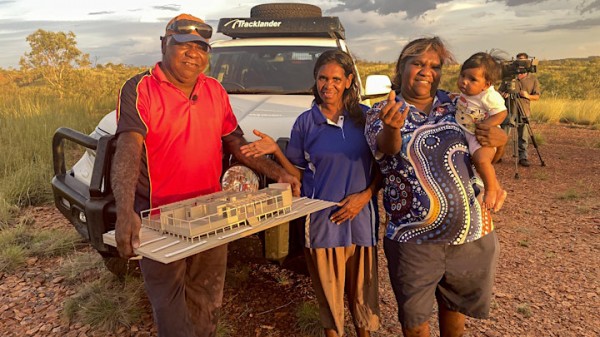How copper forms around volcanoes
A team of scientists from The Australian National University (ANU) and University of Bristol have discovered how copper ore forms around volcanoes.
The findings contradict previous theories of how copper forms, and could lead to changes in exploration for copper, which has limited reserves but is crucial for electricity transmission.
Lead researcher Dr John Mavrogenes, from the ANU Research School of Earth Sciences, said the research examined what causes the large copper deposits known as porphyries that form around volcanoes.
“We found that these copper deposits need rocks containing both copper and sulphur,” he said.
“If you look at the volcanic rocks that typically surround these deposits, they are quite rich in copper but very low in sulphur.
“But the much hotter rocks below them have a lot of sulphur. That sulphur is percolating up and kneading these rocks and causing the porphyries to form.”
Dr Mavrogenes said that this discovery contradicts the existing theory that the copper deposits were caused by water that comes from magma.
The research involved a laboratory simulation of the copper porphyries formation that were able to replicate the natural process.
“We found that it’s very likely that this process is crucial to porphyry copper formation,” he said.
Dr Mavrogenes said the research could lead to an improvements in the way mining companies search for copper porphyries.
“These porphyries are economically huge deposits. There’s a couple of them in Australia from when we had an ancient volcanic arc here around 400 million years ago,” he said.
“What we would suggest that these companies do is to look more at the rock and see if it has the kind of composition we’ve identified.”
The research may also be used to develop a better understanding of when volcanos might erupt.
The research was published in Nature Geoscience.
Image: Walter Lim, flickr.









